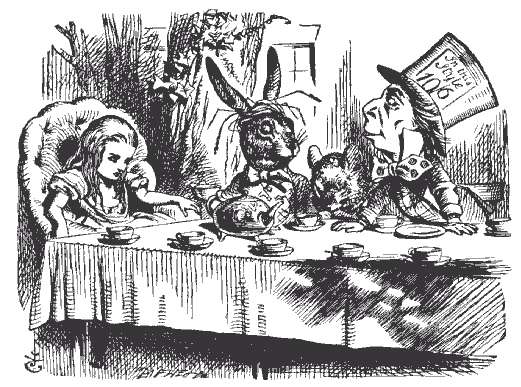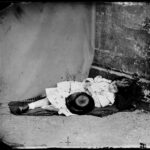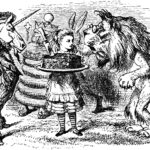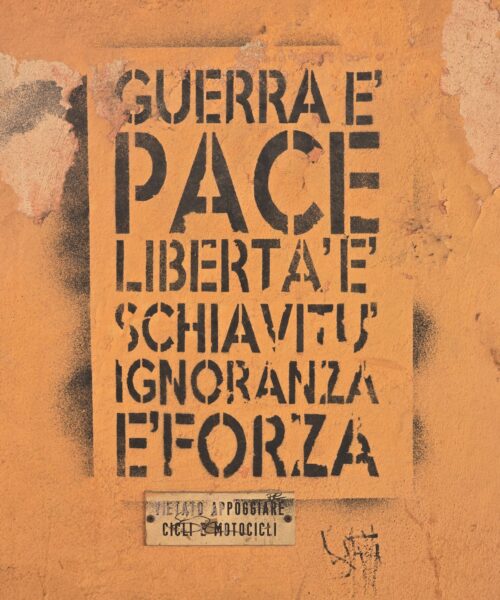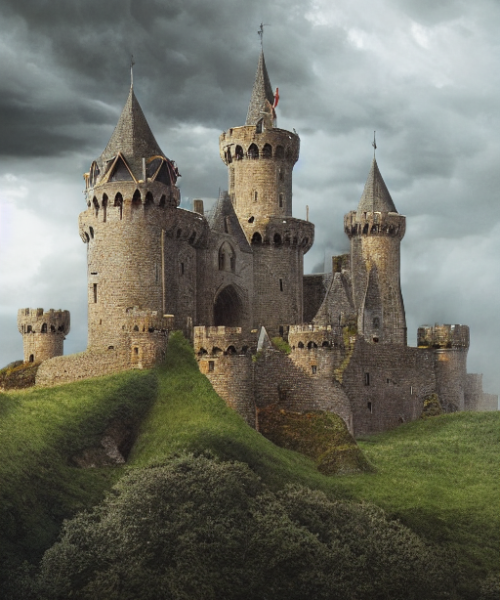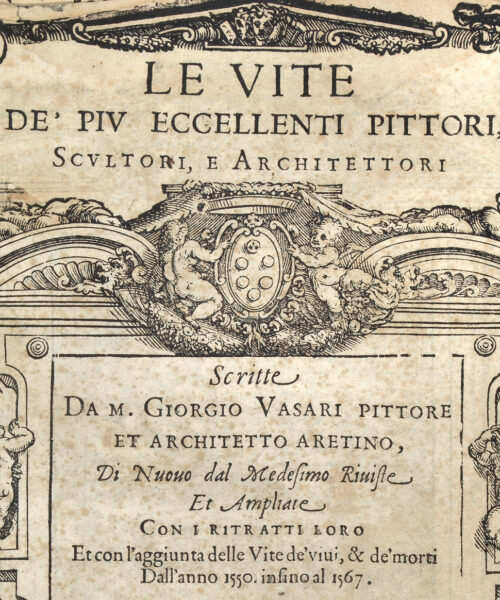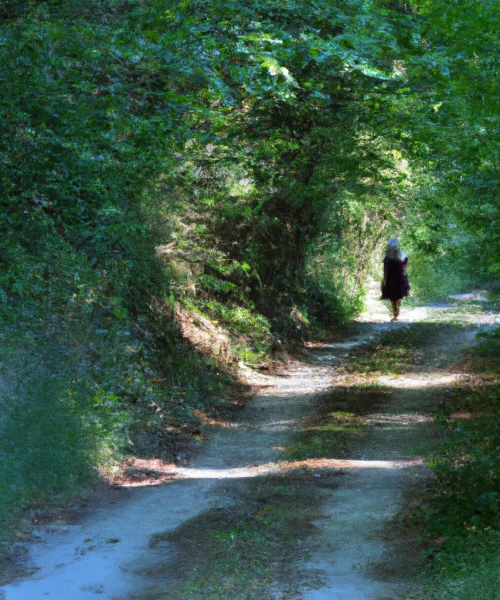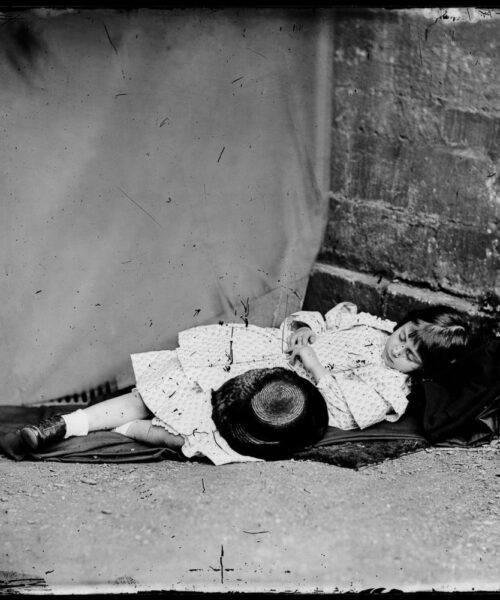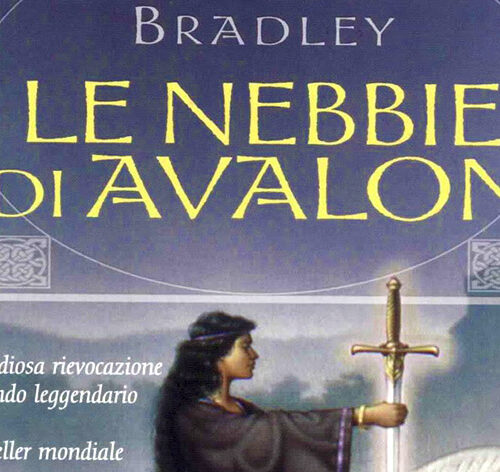“Alice in Wonderland” by Lewis Carroll stands as a cornerstone of children’s literature, a story that entertains and fascinates not only young readers but adults alike. Within the novel’s imaginative realm, a particular ensemble of characters – the Mad Hatter, the March Hare, and the Dormouse – stands out for its singular and bizarre behavior, inviting a deep psychological analysis.
Let’s start with the eccentric Mad Hatter. He embodies the quintessence of madness, characterized by disordered and delirious behavior. From a psychological standpoint, his manners can be interpreted as manifestations of a form of psychosis, a disorder characterized by hallucinations and incoherent behaviors. It’s noteworthy how the use of mercury, common in the 19th-century hat-making industry, could cause symptoms of poisoning including emotional instability, hallucinations, and loss of physical coordination – a possible historical explanation for his perpetual state of “madness”.
Then there’s the March Hare, whose behavior appears soaked in anxiety and obsessions. His perpetual state of “tea time” and the unending cycle of activities could reflect a condition of Obsessive-Compulsive Disorder (OCD). OCD is an anxiety disorder characterized by recurrent thoughts or actions, and the Hare’s ritualistic “tea time” could be seen as a symbolic manifestation of such a condition.
Lastly, there’s the Dormouse, a character often asleep who seems to suffer from a form of hypersomnia or narcolepsy. His tendency to narrate stories without any logic or coherence could also suggest an attention disorder.
However, the depth of “Alice in Wonderland” transcends the psychological analysis of its individual characters. Carroll, through his narrative, might have sought to represent the various faces of human personality and the various ways in which individuals confront and interpret the world. This representation might include the use of psychological defenses, such as denial (the refusal of reality), projection (attributing to others one’s own unwanted feelings), and reaction formation (expressing the opposite of what one actually feels).
In conclusion, “Alice in Wonderland” is not only a journey into the fantastical but also a voyage through the human psyche. The bizarre characters and their strange actions represent a reflection on the various faces of human behavior, on the ways we confront the world, and on the complex dynamics of our psychological self. Lewis Carroll, with his brilliant literary stroke, offers us a portrait of a world that is as fantastical as it is deeply human.

